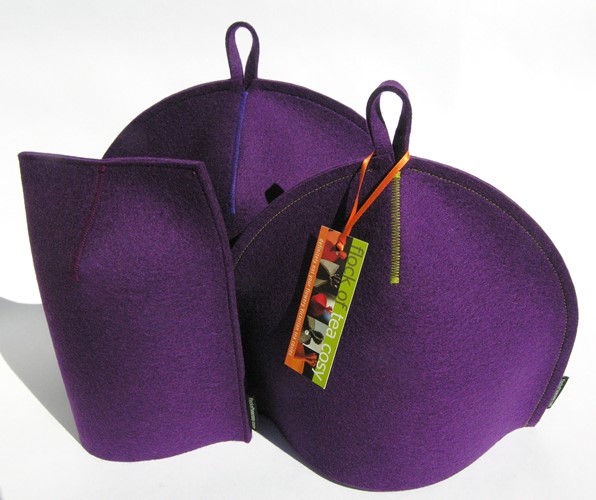
by Flock of Tea Cosy | Flock's Diary of modern wool felt teaware
It’s been a fun ten years making and selling these wool felt tea cosies — as well as the coffee and mug cosies — and it’s been delightful and marvelous that tea and coffee drinkers from around the world have liked them enough to want them in their homes too. Thank you!
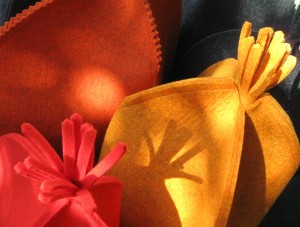
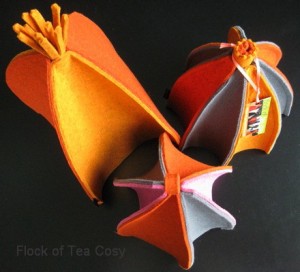
I am letting the shop drift to its natural end and will not be making anymore cosies. However, there are still mounds of colourful felt ends and off-cuts and, and in the spirit of waste-not-want-not, they will continue to be fashioned into trivets and coasters and hotpads and table mats as the fancy strikes.
The primary reason for stopping is my inability to source the same wonderful high quality 3mm wool felt that originally inspired me a decade ago. My designs require a dense wool felt with consistent thickness so they stand up on their own and have a sturdy presence and hand-feel, but while the price per yard has increased 50% the felt has, sadly, become limper and less dense.
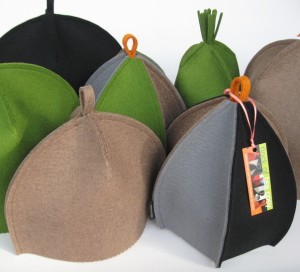

The quality of many, many things has dropped over the past twenty years or so as production and manufacturing has moved overseas, but still — disappointing. I gather that, in the case of wool felt, the land the sheep are grazed on, the climate they live in, how they’re cared for and what they eat affects their wool. And after it’s sheared and cleaned, there are the complications and expense of international shipping. All elements contribute to the final manufacturer’s overhead and expense margin. So even though the wool felt I’ve been using continues to be manufactured in Europe, many factors have contributed to the current state of affairs.
The online shop will remain open until the shelves are clear and the last good-quality yardage I’ve been able to source is used up so I hope you’ll have a look (Update: cosies are sold out) and, if you purchase, that you’ll enjoy the cosy for years to come.
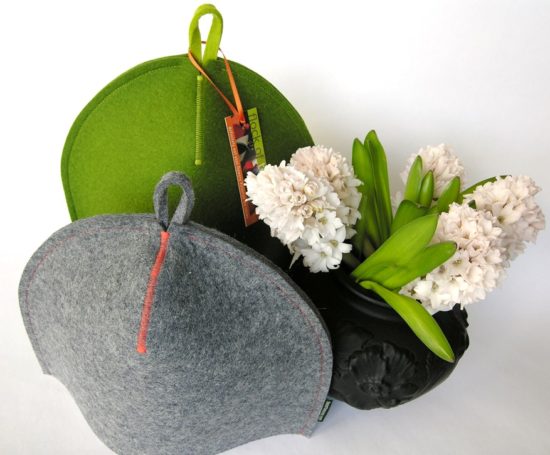
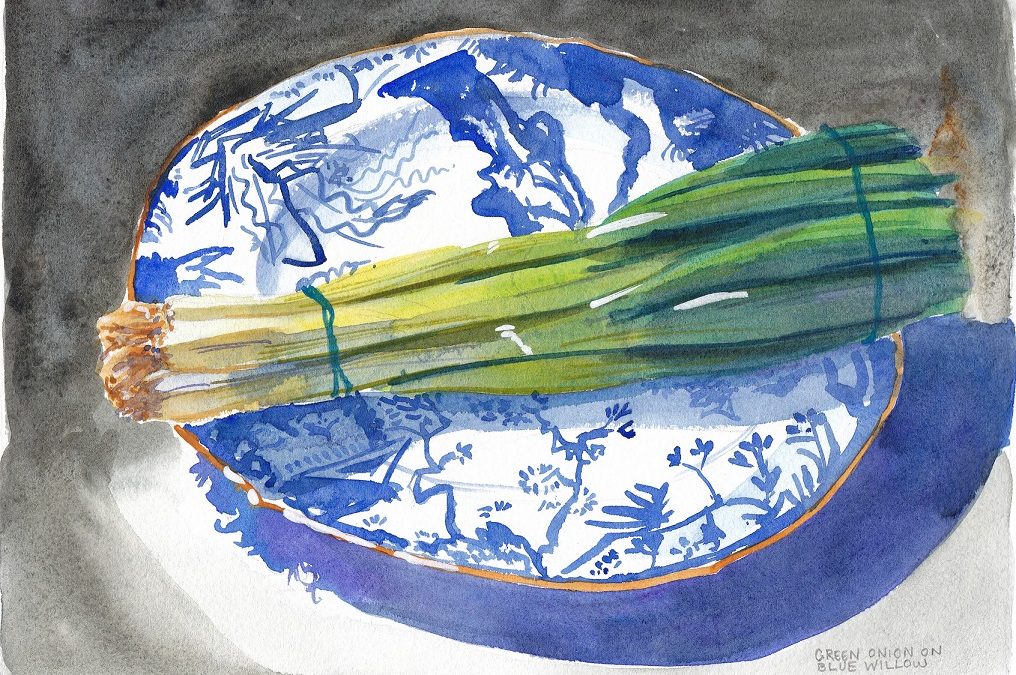
by Flock of Tea Cosy | Flock's Diary of modern wool felt teaware, WestofLunch watercolours
A few years ago I took a watercolour class. Its lightness was very appealing and painters I’ve loved, like Raoul Dufy, make it look so fine, so breezy, so easy.
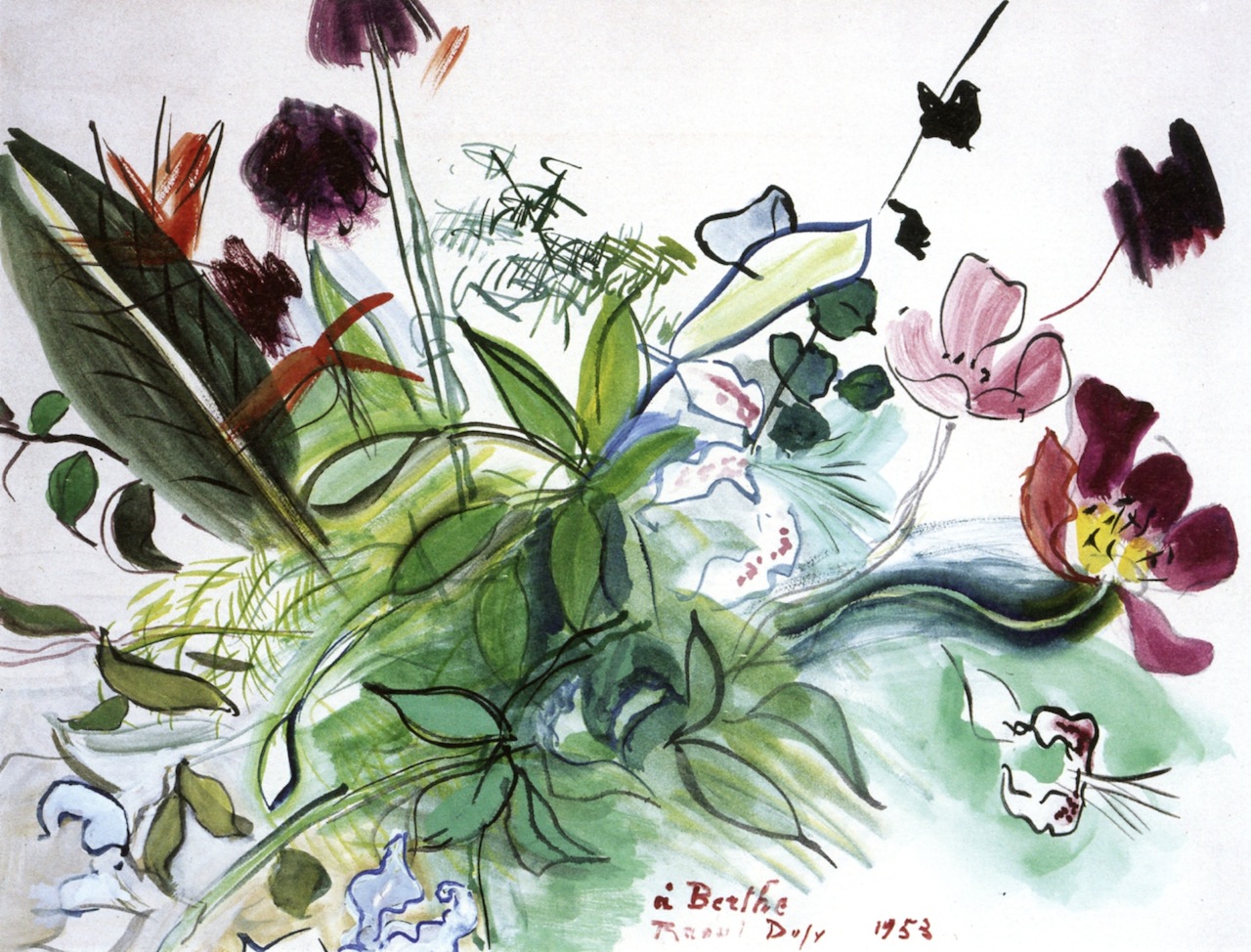
By Raoul Dufy, 1953 — one of my inspirations
It turns out learning watercolour is not nearly as simple as it looks and small variations in paper, liquidity, humidity, brush size, etc etc affect how things turn out. But it has completely seduced and intrigued me and so I continue it as a practise, particularly when travelling. Along the way I leave a trail of little paintings, and some work out okay.

Now offered in the shop at their own dedicated website, westoflunch.com. Helps pay for more paper and paint. All originals. Payment is processed through PayPal’s secure site.


The painting practise, for some reason, was dubbed West of Lunch. Explore on Pinterest or follow on Instagram.
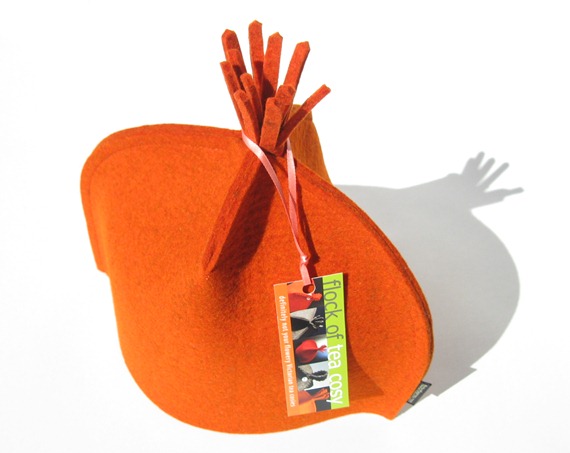
by Flock of Tea Cosy | Flock's Diary of modern wool felt teaware
Have you ever been to the Remodelista site? Everytime I visit I see something I like and the women who run it have “favorite things” listed that I either have or lust after so naturally I think they have exquisite taste. All to say that when they published something on this flock of tea cosies, well, (blush) I just thought that was the cat’s pajamas, as my grandmother used to say.
Here’s the link … “Tabletop: Felt Teapot Warmers from a Flock of Tea Cosy”

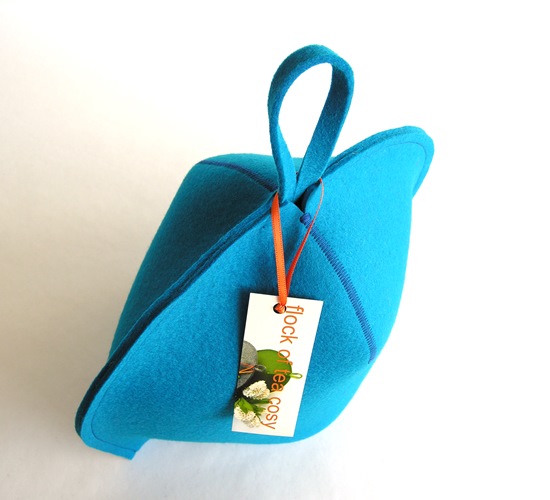
by Flock of Tea Cosy | Flock's Diary of modern wool felt teaware
A wee shoutout to thewirecutter.com for their unexpected mention of FlockofTeaCosy’s wares as a good gift for mom on Mother’s Day. Chest puffed out, head swelling, generally feeling chuffed.
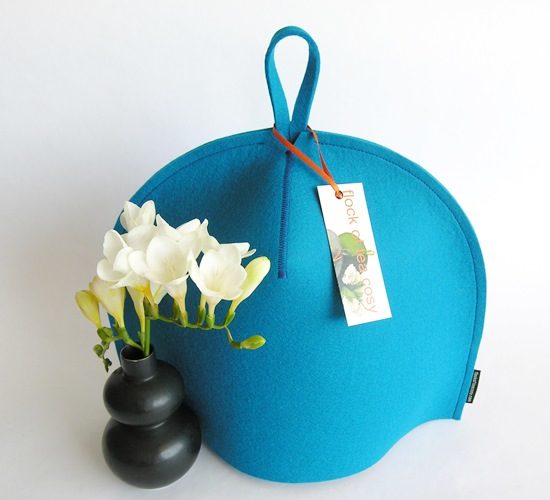
Their item from April 30th, written by the clearly lovely Alex Arpaia was titled “A not too twee tea cozy”:
Does your mother’s taste run more to Heath Ceramics than Blue Willow china? Danish modern rather than Louis Quatorze? Assam loose-leaf instead of Hawaiian Kona dark roast? Then she might just be in need of a tea cozy that doesn’t look like it came from Queen Victoria’s drawing room. One of these simple yet colorful wool-felt cozies—handmade in Toronto by Michaelle McLean, a certified tea sommelier—will keep the tea in her teapot warm all morning. (McLean makes cozies for French press coffee makers and mugs too.)

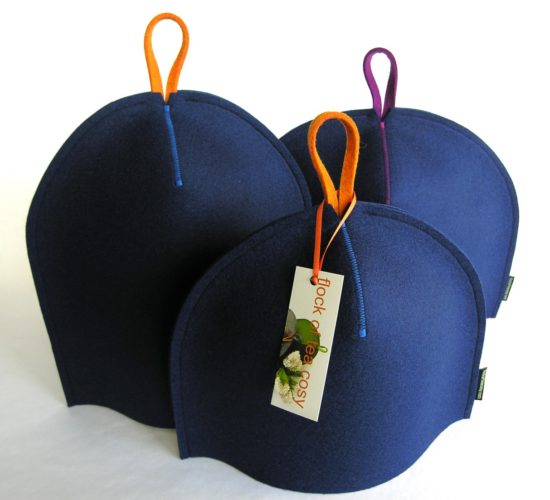
Thanks et merci!
(Postscript: sadly there’s no more of that lovely Peacock Blue wool felt which I got in Spain, perhaps another year, when travel is back. But other lovely colours can beguile.)
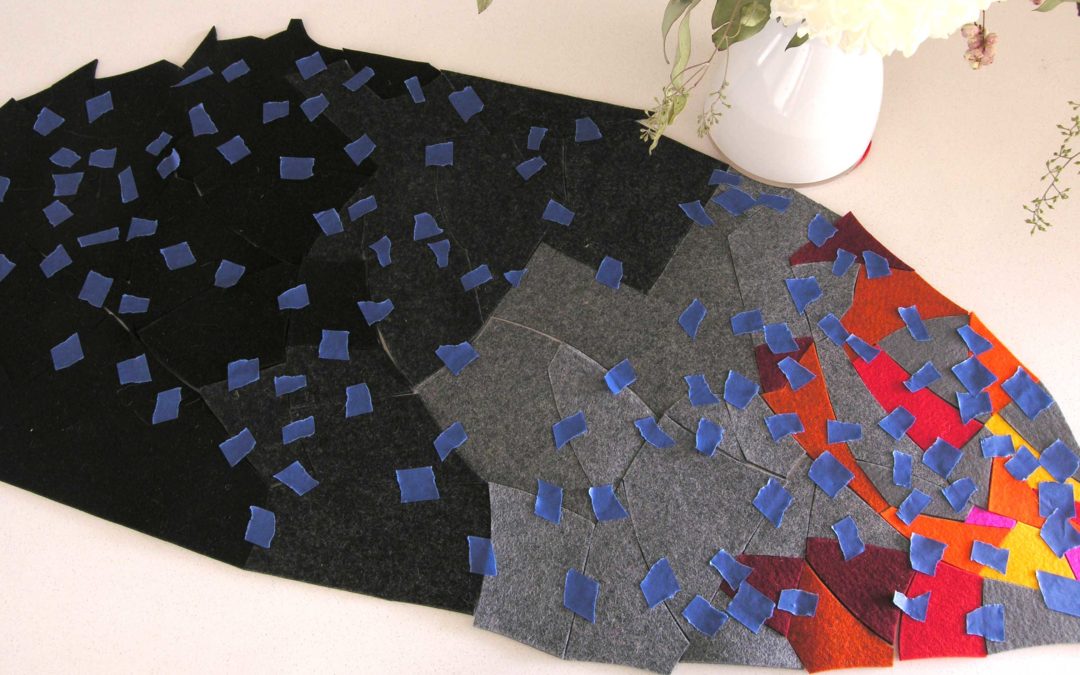
by Flock of Tea Cosy | Flock's Diary of modern wool felt teaware
Every now and again the growing pile of tea cosy wool felt scraps starts to grumble, so the other day I started on another table runner (aka table topper aka hot pad) and several hours of puzzling the pieces together.
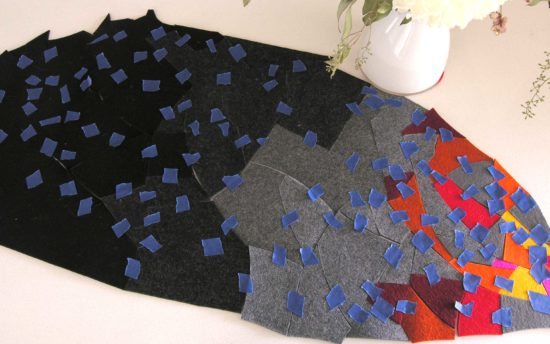
A dark comet with a fiery tail is what I had in mind. A friend suggested it could also be a volcano, and another thought a fish.
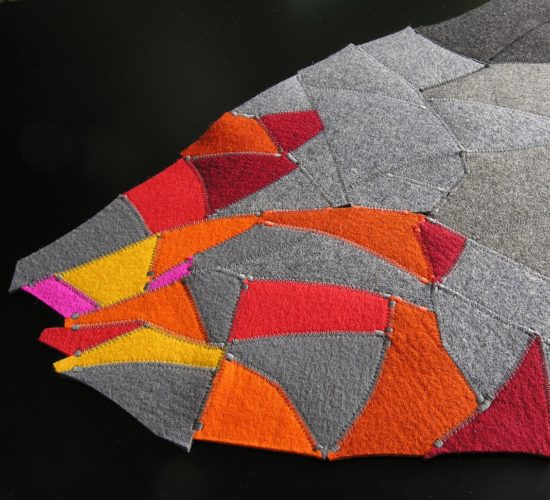
Over the two following afternoons — while listening to podcasts — it was sewn together with zig-zag. Far too many hours in its making to be sensible, but looking pretty smart. Now in the shop.
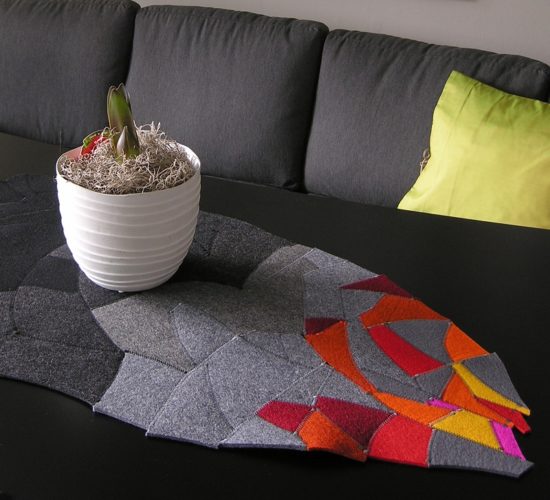
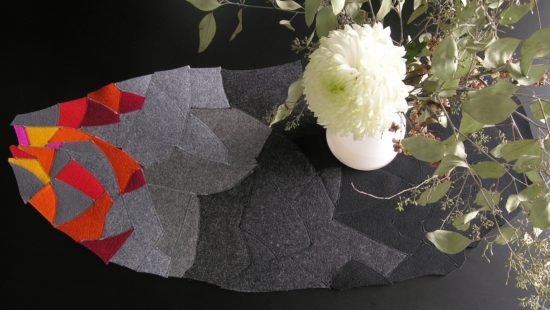
***
I was inspired in part to keep all the felt scraps — besides the fact the felt is so dear — by Ray Anderson, CEO of Interface, an American rug manufacturer who, in the seminal 2003 documentary The Corporation, talked about reclaiming the wasted roll ends of carpets to make more beautiful carpets. By doing this they reduced the amount of petroleum that had to be pulled from the earth and saved their company money all at the same time. That’s eco logic. Waste not, want not.
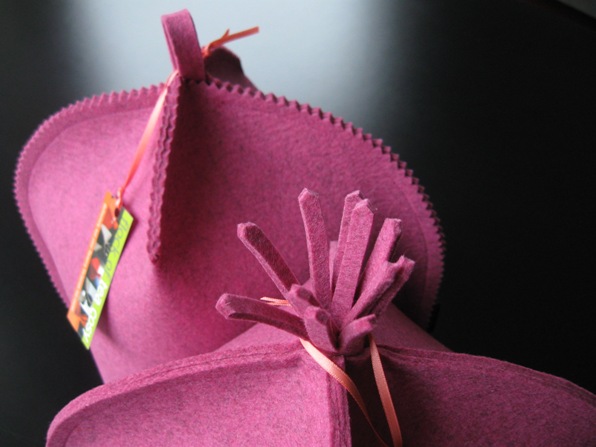
by Flock of Tea Cosy | Flock's Diary of modern wool felt teaware
It’s Saturday already on the other side of the planet and (ahem) a couple of the flock are included in a weekend photo round-up of cutting edge felt-ware in The Sydney Morning Herald, which was reprinted in the Art & Design section of the Canberra Times. Très flattering.

The article is called “Fuzzy Logic Makes Perfect Sense” and is timed for the opening of exhibitions by two artists’ who work in felt — Anita Larkin and the late Joseph Beuys. But the writer, Megan Johnston, has included a photo gallery of some 20 other contemporary pieces to accompany the article and that’s where these two can be found.
It’s a terrific and eclectic collection all round, a great snapshot of modern wool felt design — Megan has a lovely eye.
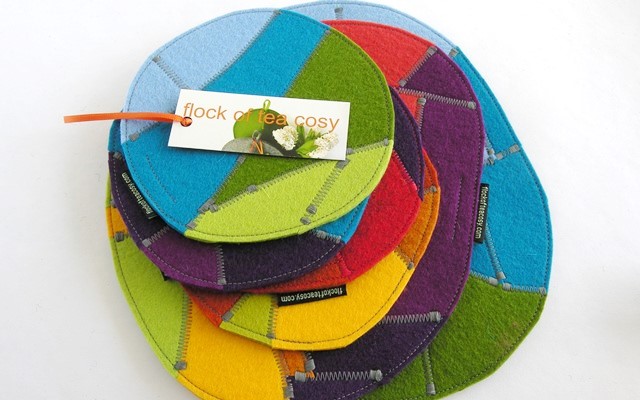
by Flock of Tea Cosy | Flock's Diary of modern wool felt teaware

Puzzle-piece wool felt tableware
A few years ago the “Puzzle Pieces” were introduced after the pile of tea cosy offcuts next to the sewing machine became too high to ignore. This fine quality, well-made 100% wool felt from Europe was just too dear to throw out — and the colourful scraps far too pretty to ignore.

The excellent manufactured wool felt that Flock of Tea Cosy uses (both the locally made Industrial felt and the colourful European felt) is wonderfully consistent — exactly 1/8″ thick, evenly dense, smooth, crisp and clean looking, and the rich jewel-tone colours are pretty and colour-fast, remaining bright for years. The natural baaa-baaa colour of the industrial felt also holds its natural colour.

Wool felt coasters, trivets, hotpads, table-toppers
I was particularly drawn to this wool felt’s density which makes it an excellent insulator — perfect for tea, coffee and mug cozies. When noodling for ideas of what to make with the many small off-cuts it was primarily the insulating quality that inspired me. The result is a bevy of coasters, trivets, hotpads and table toppers that protect surfaces from hot teapots, warm serving plates, and damp vases.
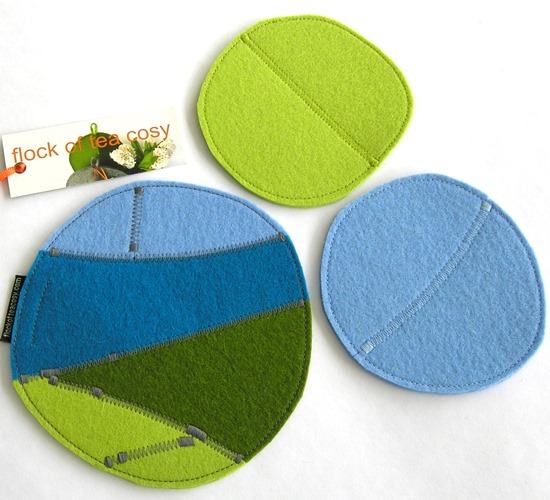
Their making is akin to the quilts or rag-rugs our grand- and great grandmothers used to make using up otherwise useless scraps and small fabric pieces, although I take a much more free-form approach. Their rugs and quilts embodied an ethos that is enduringly forward- thinking and contemporary which we now call “green thinking” or “eco-friendly.”
Carefully fitting the trivets, coasters, etc together is a wonderful piece of puzzling so they’ve been dubbed “the puzzle pieces.”
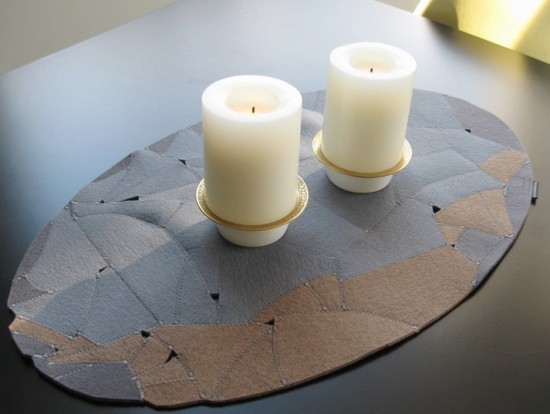
They take a silly amount of time to cut and sew together but I’m very pleased to not be wasting the fabric, and love the final pieces. The felt has a wonderful hand-feel and weight, and the zig-zag stitching holding the pieces together both ensures durability and adds a graphic visual element that I like. I find creating them it somewhat akin to drawing especially as each one is different, like a small piece of art.
‘Cruz Collection’ trivet & coaster sets
Some of the larger offcuts are cut and stitched with a simple cross pattern — dubbed the Cruz Collection and bundled into trivet and coaster sets. They make a perfect complement to one of the tea cosies, or alone as a gift set — a hostess gift perhaps?
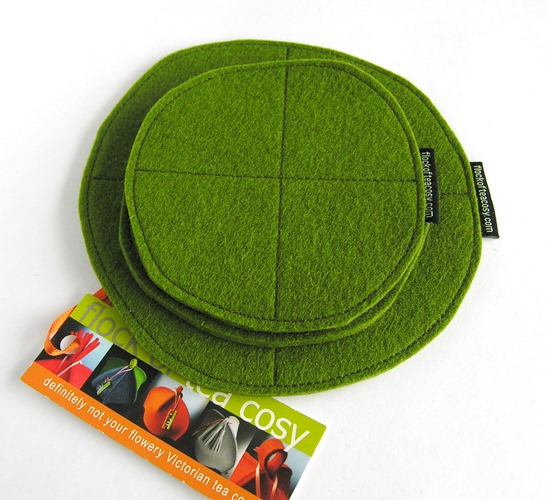
Shop trivets and coasters
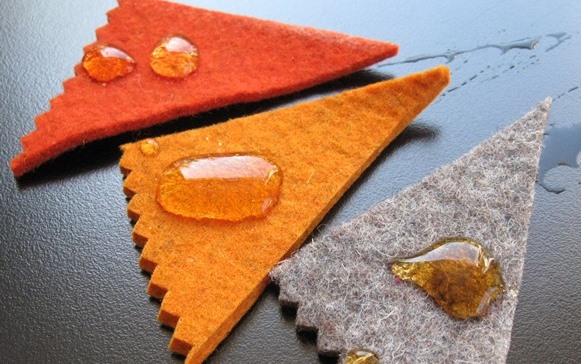
by Flock of Tea Cosy | Flock's Diary of modern wool felt teaware
Tea is widely used as a dye and its stains can be, well, a bugger to get out of a nice white shirt for instance. Since cleaning and care is a common question about these wool felt tea cosies I thought I’d re-post some cleaning tests I did a few years ago.
One can always take it to a dry cleaner, but some simple, quick action is really the best and easiest way to keep your wool felt tea cosy looking fresh and new:
In the name of science herewith a test run of tea stains on some samples of the felt used to make the flock’s tea cosies and a step by step on cleaning.
Firstly, felt is created by washing and mashing and washing and mashing wool so that its fibres all wrap around each other and become the lovely dense mass that we know and love. So don’t pop the felt tea cosy into the wash — either hand or machine — because it will continue the felting process. (Hands up all of us who’ve shrunk that beautiful wool sweater by putting in the washing machine.)
1. WOOL FELT RESISTS LIQUID
The dense wool naturally resists liquid, in this case a teaspoon of fine high-grown ceylon tea.
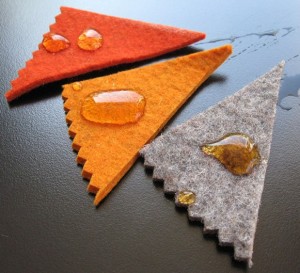
Note how the felt fabric naturally resists the liquid? Now’s the time to quickly blot it up.
2. BLOT THE LIQUID
Use a clean white paper towel or rag and gently blot the liquid. As the stain is absorbed into the paper towel, keep moving to a clean part of the towel so you’re not re-transferring the tea into the felt.
It all comes off with no staining evident.
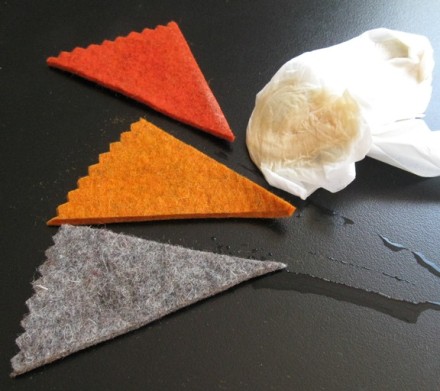
3. HEAVY TEA STAINING
With time and movement the tea will be absorbed by the felt fabric. So in the interest of science (and with some effort) some strong black tea was rubbed in to the wool felt samples. The Cornflower Blue sample was added for this test since it’s a paler colour.
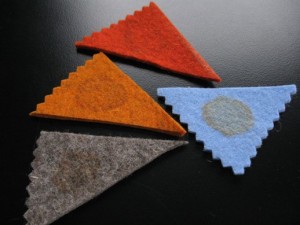
4. SPOT CLEANED AND BLOTTED
The tea spots were lifted on the Tangerine and Burnt Orange by firmly blotting with tepid water using a clean white paper towel. No soap or dish detergent was used — just water.
As the stain is absorbed into the paper towel, keep moving to a clean part of the towel so you’re not re-transfering the tea into the felt. Once clean, the samples were blot-dried using another clean paper towel. I used paper towels because they were handy and white, but a well used clean rag — well used so that all sizing is out of it and it’s super-absorbent — works too, of course.
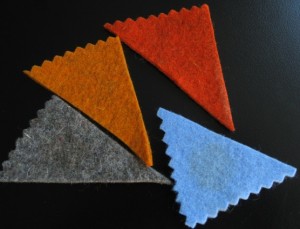
As you can see, there are no spots visible on the Tangerine and Burnt Orange samples, but there are spots faintly visible on the Industrial felt (which is 80% wool) and the Cornflower Blue samples.
5. SPOT CLEANED WITH WATER, SALT AND PEROXIDE BLEACH
So I went to work on the Industrial and the Cornflower Blue samples.
The Industrial came clean with just a bit more blotting with tepid water and clean white paper towel.
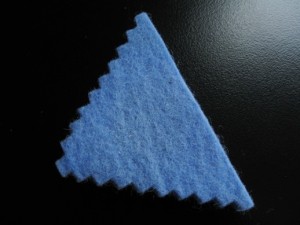
On the Cornflower Blue I tried i) baking powder (didn’t work), ii) salt (worked a bit) and finally iii) some hydrogen peroxide bleach. And it worked! I put about half a teaspoon on the sample and let it soak for a few minutes, then blotted it as dry as I could with clean white paper towel and let it dry on the windowsill.
Note: I used no soap or detergent in this test, either of which would have required rinsing which means more work and more wear on the felt finish.
THE UPSHOT
- Felt is naturally stain resistant (although not stain proof)
- Quickly blotting with a clean white paper towel or rag takes care of most accidents
- For settled stains, gently infuse the spot with tepid water and firmly blot with a clean white rag or paper towel. As the stain is absorbed into the paper towel, keep moving to a clean part of the towel so you’re not re-transferring the tea into the felt. When clean, blot dry (press firmly) with clean dry material. This generally does the trick.
- For the pale cosy colours I’ve had success with short (2 minute) spot-infusions of peroxide bleach (never use regular bleach) followed by gently blotting with tepid water, and finally blotting dry.

by Flock of Tea Cosy | Flock's Diary of modern wool felt teaware
It was love at first sight for me, because of its density and thickness and its vibrant colours, but a number of the reasons to love this beautiful, non-woven wool fabric are invisible.
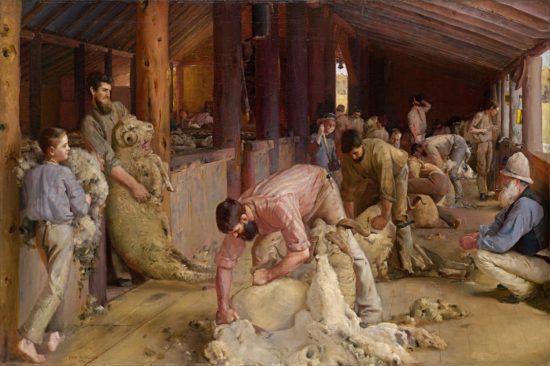
- It’s a renewable resource. Sheep continually grow their wonderful woolly coats which are sheared each spring.
- It’s naturally fire resistant and is self extinguishing. If you hold a match to genuine, 100% wool felt it will start to burn — but if you take the lit match away the fire on the felt will smoulder and go out on its own.
- It has high thermal insulating properties and this is what makes wool felt brilliant for a tea cosy. (It is also extremely sound absorbing but that doesn’t generally matter for tea cosies.)
- It’s naturally water repellent — spilt tea, for instance, will first bead on the surface of wool felt giving one the opportunity to quickly blot it up.
- However it can absorb liquid four times its weight which make me think it would make a good door mat — if it wasn’t so pricey. It also means wool felt makes great shoe inserts — insulating and absorbing the sweat or dampness. Unlike anything polyester (plastic).
- The European 100% wool felt that FoTC uses is the best in the world. Unlike made-in-you-know-where felt which, in my experience, can be easily shredded, this European felt is manufactured to the very highest quality and they’ve been making it for over a century.
- It’s manufactured in an eco friendly manner. The thick, colourful European felt is made to Oeko-Tex 100 standards which mean its manufacturing creates no toxic waste. Children could chew on it and live to tell — although not recommended!
- Frankly it just feels great. It has a wonderful soft yet sturdy hand-feel which is an important quality for items we touch on a daily basis.

Some interesting things that are (or were before being replaced by a plastic fabric) made of 100% wool felt are:
- shoe inserts
- piano hammers, bass drum strikers and timpani mallets
- chalk board erasers
- music cassette tapes — a tiny cube held the tape to the sound head
- roofing felt
- shoulder pads
- Valenki — a type of traditional Russian footwear which are warm and dry and with good traction for walking on dry snow when the weather is frosty.
- In the automotive industry it has been used to dampen the vibrations between interior panels and also to stop dirt entering into some ball/cup joints
- for framing paintings — laid between the slip mount and picture as a protective measure to avoid damage from rubbing to the edge of the painting.
- in millinary — many hats including fedoras
- horse saddle felt
- house and sound insulation batting — still being done
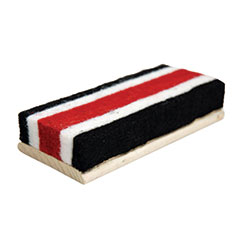
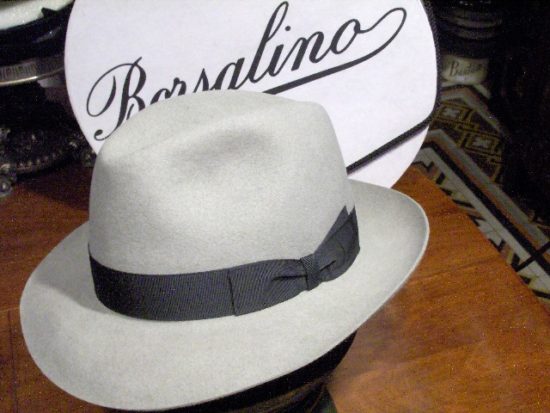

When I was in England a few years ago I came across a fascinating book on the felt industry there. The industry, like so many, is now pretty much gone. While some of the reasons the industry disappeared may be considered short-sighted it is certainly true that most industry has a finite life-span before something new — sometimes something wonderful — comes along and replaces it, changing the labour demographics and economies of towns and even nations. Plus ça change…n’est-ce que pas?
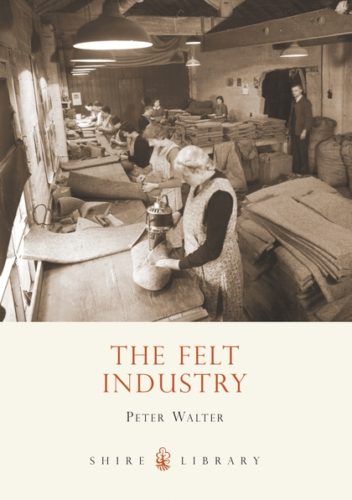
But wool felt has experienced a recent resurgence in the design and DIY fields. Beautiful furniture and household wares — including tea cosies, french press coffee cosies, mug warmers (!) — as well as fashion items are available and can be found through quick, easy internet searches. (Try duckduckgo.com for non-tracked searches.) For a great collection of contemporary wool felt pieces by designers and artists (ahem, including flockofteacosy.com) you might be interested in this Sydney Morning Herald piece from a few years ago.
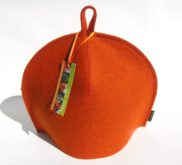
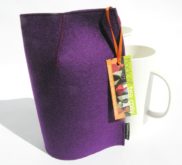

Flock of Tea Cosy’s shop.
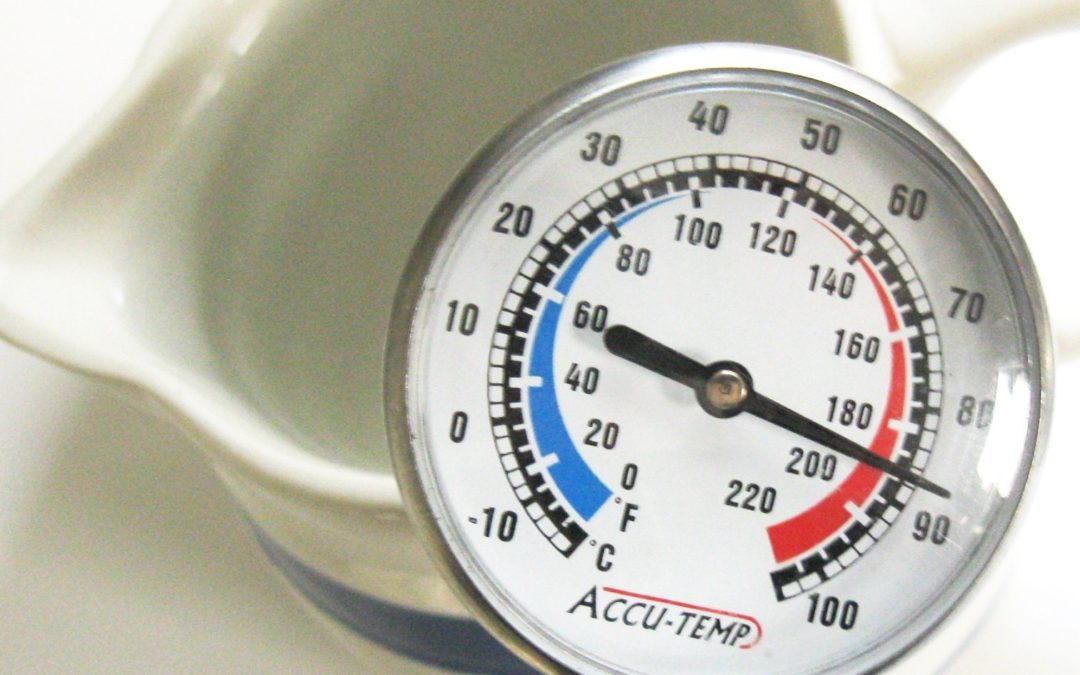
by Flock of Tea Cosy | Flock's Diary of modern wool felt teaware
Almost every tea culture does it — warms the teapot (or teacup) with the boiling water before making the tea in it. Why? Because the room-temperature vessel will steal almost ten degrees Celsius from the hot water. This means if you don’t pre-warm your teapot, your lovely tea loses that heat immediately. One of this flock of tea cosies will do an excellent job of keeping your pot of tea hot, but it can only maintain the heat that’s there.

As you can see, within about 20 seconds this room-temperature ceramic creamer stole over 10 degrees celcius heat from the boiling water just like a teapot does.

So warm that teapot first, then slip your tea cozy over it (say, isn’t that a smart modern tea cozy right there) — and you’ll have piping hot tea for ages.
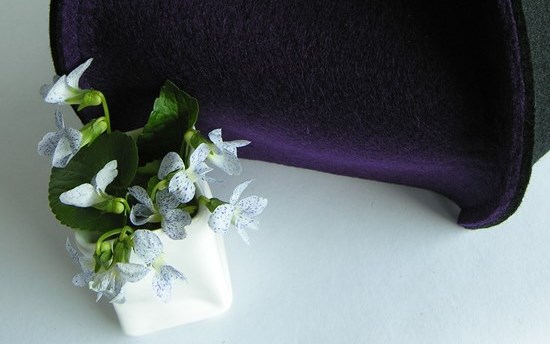
by Flock of Tea Cosy | Flock's Diary of modern wool felt teaware
Tea cozy hack and trivet test.
Customers are such an inventive lot. And helpful.
Fits a tall teapot too
Recently a customer ordered one of the flock’s cosies designed for a french press coffee maker, the 8-cup “Neu” design in Moss Green. Shortly after receiving it she wrote to tell me it fit her tall, narrow-proportioned teapot perfectly. A great customer cosy hack!
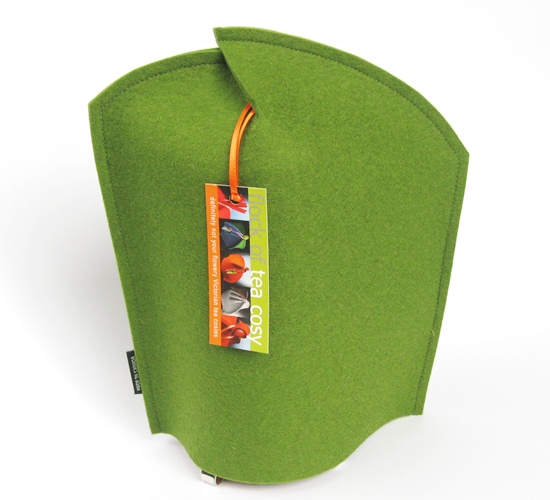
- “I love my green cozy. I have a tall teapot (I know it’s meant for a cafetierre) that I use every day and it fits perfectly!”
Trivets survive stove-hot espresso pot
I also recently received a query about whether the trivets could handle a hot-from-the-stove espresso pot. The colourful wool felt is wonderfully resilient, and perfect for protecting tabletops from hot teapots but I wasn’t confident enough to absolutely guarantee they’d hold up to stove-hot. It turns out they hold up just fine. On the flock’s behalf the customer put the trivet through its paces with her espresso pot and it came through with flying colours. No burn marks and no table-top harmed in the testing.

- “Ta dah! And worked out perfectly. No burn marks.”
Small tea cosy works as egg cosy
I mentioned this awhile ago but it’s worth mentioning again. A clever customer reported that the small tea cosies work wonderfully at keeping a bowl of soft boiled eggs hot on a Sunday morning. Another great tea cozy hack.
- “My wife and I are excited about the two new members of our tea family. They double as egg cozies as we soft boil several eggs and put them in a bowl.”

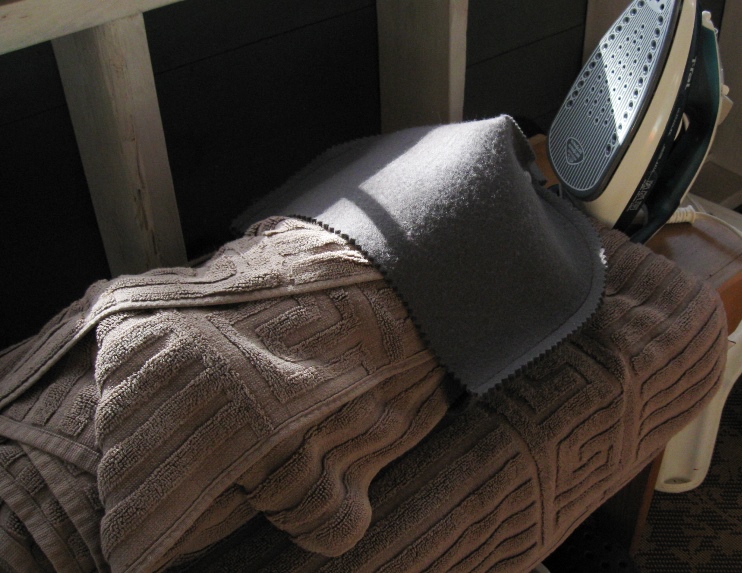
by Flock of Tea Cosy | Flock's Diary of modern wool felt teaware
Just back from a few days north of the city — still some spectacular colour clinging to the trees!
I was visiting SK, the friend to whom I’d given the very first tea cosy cut to what’s become the flock’s signature pattern — that rounded, Roman-helmet shape with a chatter of zig zag pinking along its edges.

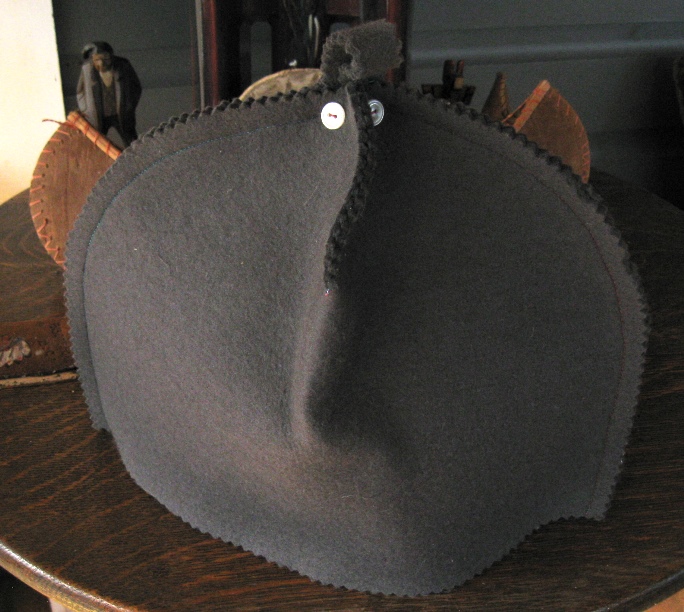
The cosy then and now. Not bad but life’s added a few creases and folds.
In the five years since it was made the cosy has experienced normal wear and tear and stuffing-in-drawers between tea-drinking visitors so, having a lazy afternoon at hand, I thought I’d see what kind of ‘spa’ rejuvenation I could render on it.

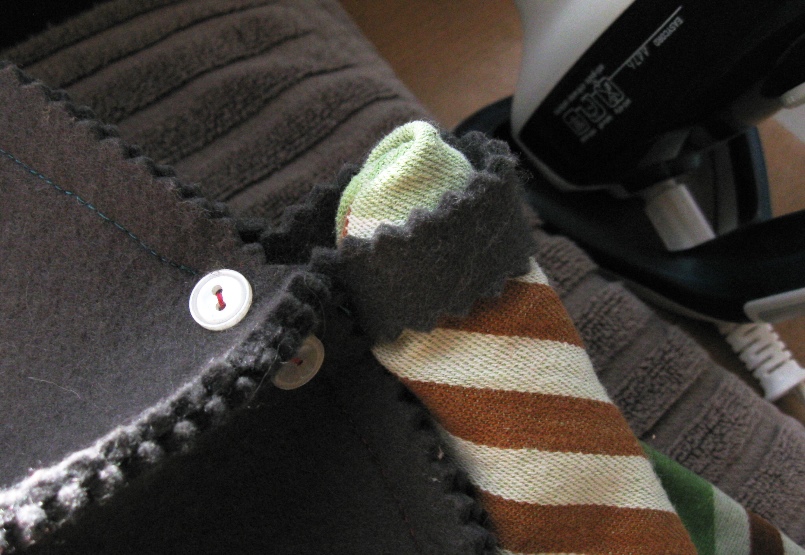
MacGyvoring a rolled thick bath towel to substitute for a small sleeve-ironing board, I placed a clean wet tea-towel between the felt tea cosy and the medium-hot (on medium steam setting) iron and gently and quickly ironed over the creases on both sides. Then rolled the tea towel to insert in the wonky top tab so it wouldn’t create a crease while I, again putting a clean wet tea towel between it and the iron, gave it a quick pass or two.
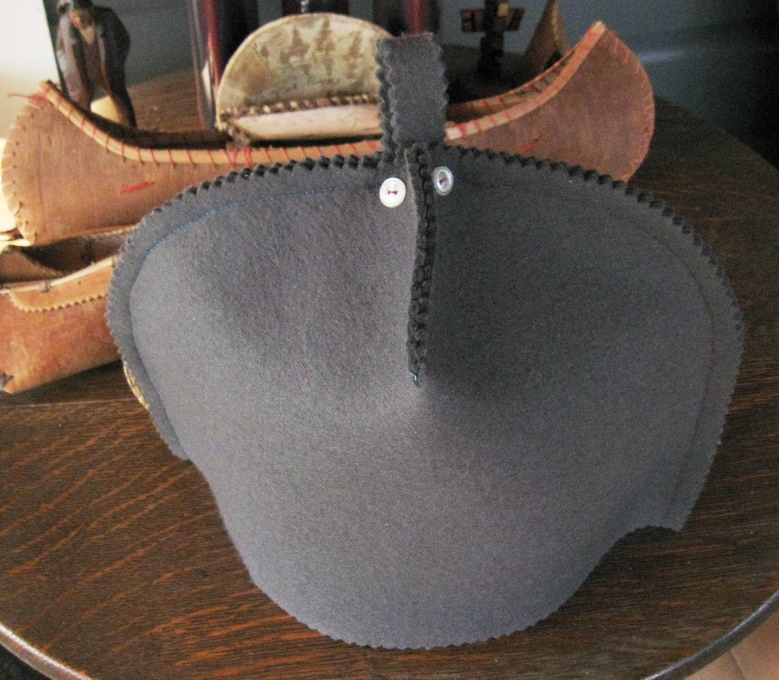
Et voila — pleased to report that a little steam ironing with a wet tea-towel between the felt and the medium-hot iron worked wonders. Just like it’d spent a day at the spa.

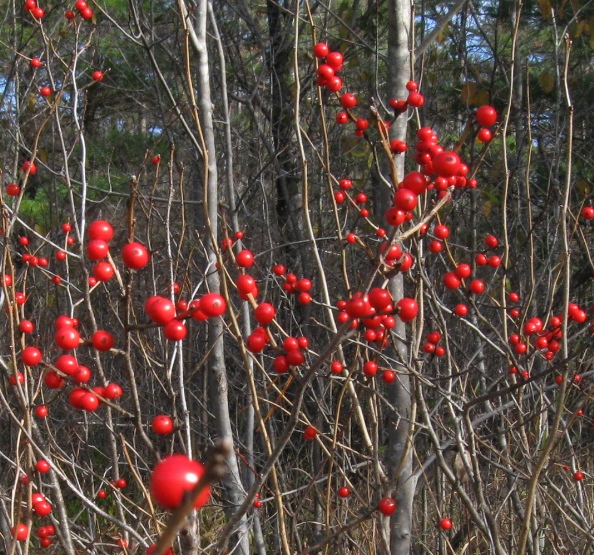
The marshes and streams were bursting with beautiful bright red berries. I don’t know what they are but I brought home an armload for the dining table.
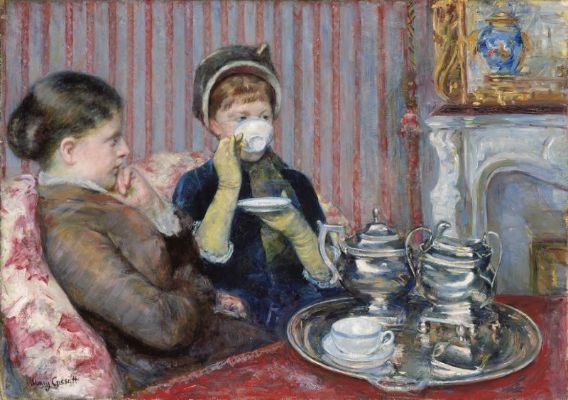
by Flock of Tea Cosy | Flock's Diary of modern wool felt teaware
I’m a big fan of Bill Bryson. For the past several years, since I discovered his writings, I’ve made a point of taking one of his books on my vacation. It ensures I will fall off my deck chair in stitches at least once.
I recently read his “At Home” which is a combination of history, humour and floor plans. Here’s a great quote for all us tea lovers:

“Between 1699 and 1721, tea imports increased almost a hundredfold, from 13,000 pounds to 1.2 million pounds, then quadrupled again the thirty years to 1750 …(but) Not everyone got the hang of tea immediately. The poet Robert Southey related the story of a lady in the country who received a pound of tea as a gift from a city friend when it was still a novelty. Uncertain how to engage with it, she boiled it up in a pot, spread the leaves on toast with butter and salt, and served it to her friends, who nibbled it gamely and declared it interesting but not quite to their taste. Elsewhere, however, it raced ahead, in tandem with sugar.”
And you know, tea on toast? Perhaps just ahead of her time.

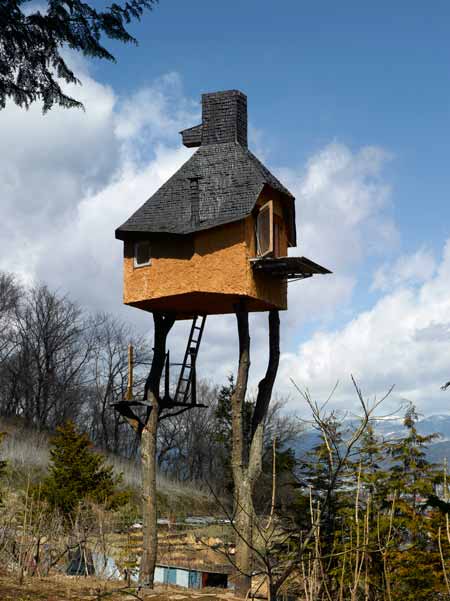
by Flock of Tea Cosy | Flock's Diary of modern wool felt teaware
Have you seen these? Perhaps it’s the spring in my garden — the sweet warm air, the fresh almost rubbery flowery buds, the crazily chirping birds — but my mind has been turning to garden structures and what more appropriate for this flock than a modern tea house?

A tea house by Terunobu Fujimori

The Black Tea House By David Maštálka of A1 Architects with sculptor Vojtech Bilisic — with exquisite detailing.

The Hat Tea House, also by A1 Architects

A pre-fab tea house kit from Tokyo Toshi (Note: sadly, the links I had to see more no longer work).

Actually designed by Saunders Architecture (photo by Iwan Baan) as an artist’s studio for Fogo Island, but a cup of tea would taste delicious in here I think.
I’d happily take any one of these, you?
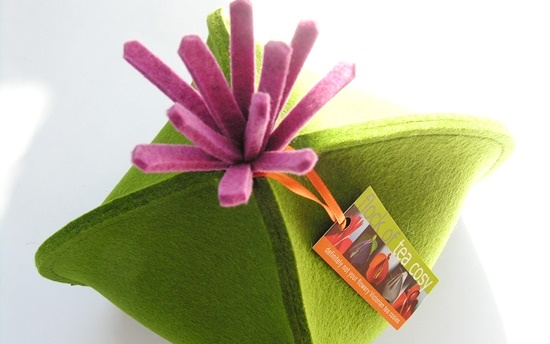
by Flock of Tea Cosy | Flock's Diary of modern wool felt teaware
I’m very proud of the craftsmanship and quality of the products I make to sell under the Flock of Tea Cosy banner, and it makes my day when a sale or a query comes over the transom, especially from some place faraway.
CLEAN, MODERN DESIGN
Some place like Finland, or Australia, or Italy, or the far west coast of the USA or even South Africa. It’s been the magic of the internet that enables the flock’s wares to be found by the relatively small, but, might I cheekily say, discerning, global group that appreciates these simple, cleanly designed, enduringly modern tea- and coffee-cosies.
WOOL FELT IS AN EXCELLENT INSULATOR
While most clients have mentioned it is the clean, minimalist design that brought them here, many have reported back their appreciation for this tableware being really good at its job. This is firstly due to the choice of fabric, dense wool felt, which is an excellent insulator. And secondly, because the Flock of Tea Cosy’s tea, coffee and mug cosy designs prevent heat from escaping which ensures the tea or coffee or hot chocolate stays hot.
A NATURAL FABRIC
Some clients have mentioned they were drawn to the natural fabric — wool felt is a natural fibre fabric (baa-baa sheep) which means it will a) decompose when its life is over, and b) is a renewable resource (ie: the sheep survive and are sheared every spring). It will leave a minimal footprint and is therefore eco-friendly.
CONSIDERED PRODUCTION
On that note, the Puzzle Pieces (trivets, coasters, mousepads, etc made from the off-cuts) use green-thinking to reduce the waste from the cosy production. More eco-friendly products using wool felt’s natural insulating quality.
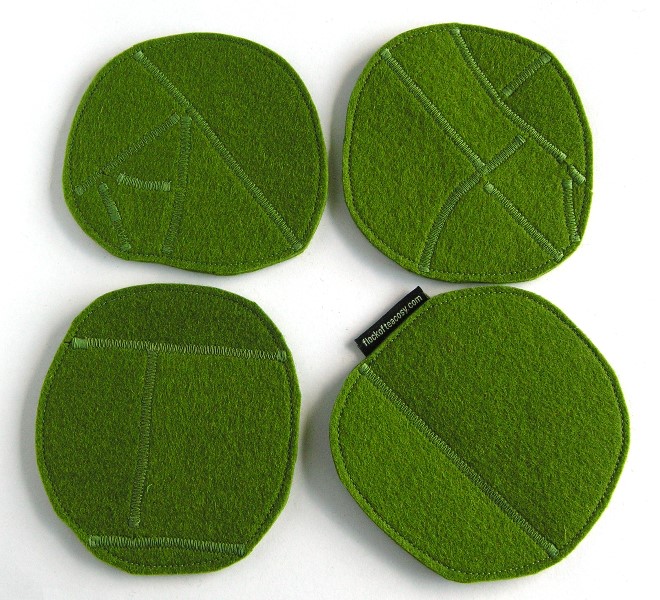
WELL MADE FROM QUALITY MATERIAL
Feedback also indicates notice of (thank you!) and appreciation for the excellent quality of the material used. The coloured 100% merino wool felt that Flock of Tea cosy uses is the best in the world. It’s made in western Europe to exacting and eco-concious standards. It is sturdy and consistent in its production, which can’t be said for some other sources, and the colours are rich and colour-fast. The Industrial wool felt, made here in North America, is a technical grade also made to top industry standards.
The high quality of the materials is paired with high standards of workmanship which ensure that each piece at Flock of Tea Cosy is well-made and made to last. Everything is individually handmade, all end seams are double-sewn, and the hang-tabs are securely hand-sewn on. For the puzzle-piece trivets, coasters and table-toppers all seams are button-hole stitched at their end.

With thanks to Flock of Tea Cosy’s clients, some first hand reports can be found here:
Testimonials

by Flock of Tea Cosy | Flock's Diary of modern wool felt teaware
It seems that if we’re tea drinkers then Sagittarius, the Archer is our man. Or rather, our constellation. Eight of Sagittarius’ brightest stars form a figure widely recognized by those who peer at the night sky as a teapot, with its handle to the left and its spout right, spewing steam in the form of Milky Way star clouds. How cool is that? (No tea cosy though, as far as I can see.)

The image is by New Zealand astrophotographer Christopher Picking.
Although we’re in the midst of the Sagittarius zodiacal sign (November 22 and December 21), as it happens it’s not the best time to observe the constellation nor the teapot.
Martin J. Powell explains: Sagittarius is best observed during the Northern hemisphere summer months (winter in the Southern hemisphere) because during this time the constellation is visible throughout the night and is seen in darkness when it is highest in the sky. Southern hemisphere observers have the best view of Sagittarius, since it crosses almost directly overhead in the sky. In general, the Northern hemisphere has a less favorable view – the visibility of the constellation being worse the further North one is situated. Indeed, the Southern section of the constellation cannot be seen at all from high Northern latitudes. Sagittarius is not visible all year round because, from the vantage point of the Earth in its orbit, the Sun is seen to pass through the constellation during the Northern hemisphere midwinter period (equivalent to the midsummer period in the Southern hemisphere).
So, fellow northerners, let’s make a late night, mid-summer date to sip tea and admire the heavens, shall we?
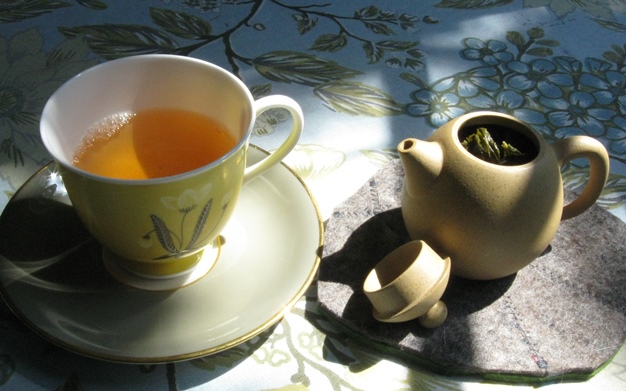
by Flock of Tea Cosy | Flock Tastes Tea
Without seasoning, the tea from this little beauty tasted like chalky sand in the mouth. Yugh.
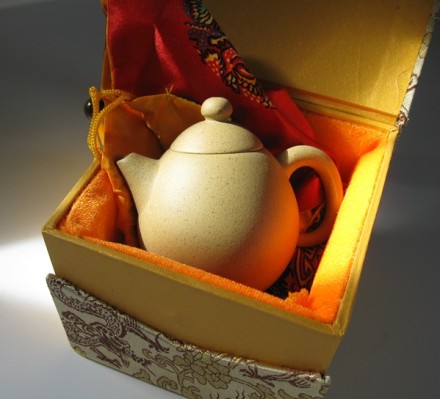
I got it last year in the town of Yixing, China from Master Zhou, a master potter of yixing clay teapots for which the town is famous. Most yixing clay is a brown-purple colour but it was this little yellowy-ochre teapot that called to me from Master Zhou’s shelves.
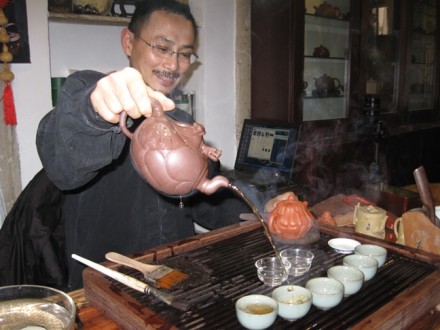
Seasoning an unglazed* yixing clay teapot is not complicated but for some reason the thought of it was intimidating so only now, over a year later, have I gotten to it. There’s lots of how-to’s on the internet and if you triangulate the entries you get a good idea. I found Tao’s instructions and VerdantTea‘s very helpful.
Learn from my experience — do not use tap water, otherwise the tea made in it will taste like chlorine.
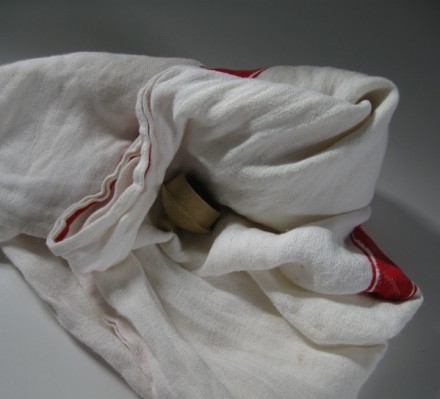
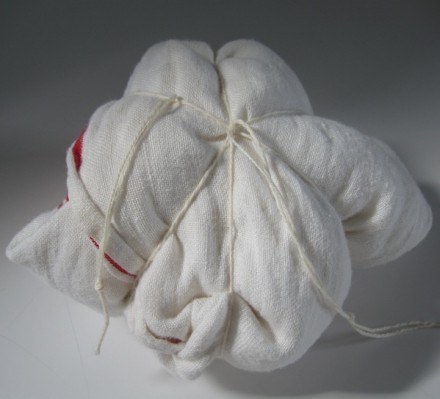
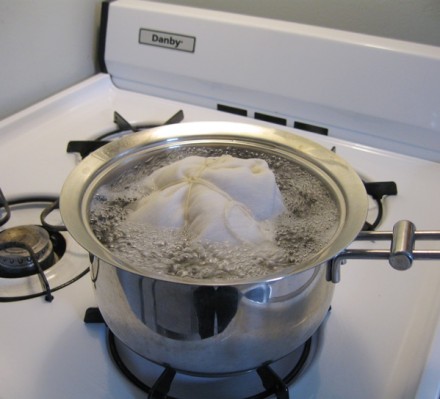
Using spring water (not tap), bring to a boil then simmer for about 30 minutes. Turn off the heat and let the water cool before removing the teapot.
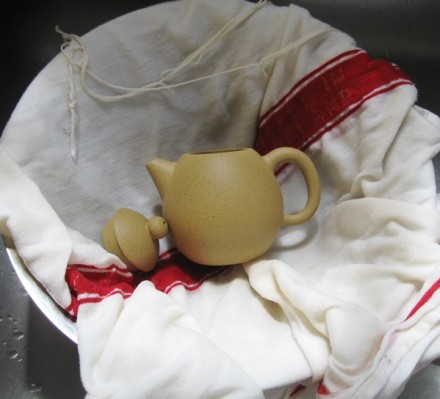
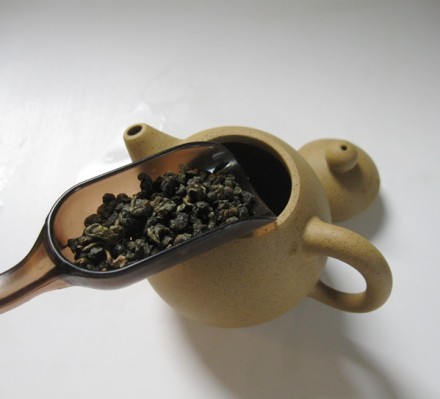
Using the type of tea you intend using the teapot for, steep tea in the pot, pouring each 10-15 second steeping into a larger bowl until the bowl is full. Again, use spring water not tap water.

The teapot will absorb some of the tea’s flavour.
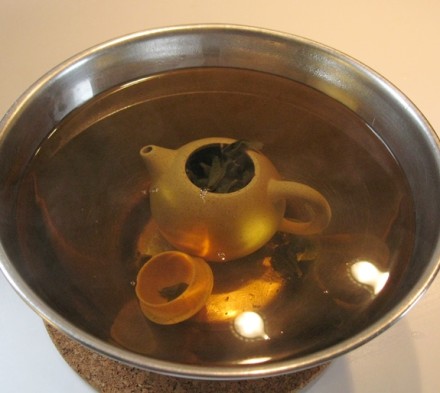
Remove when tea has cooled completely and let pot dry — remove lid so moisture is not trapped inside.
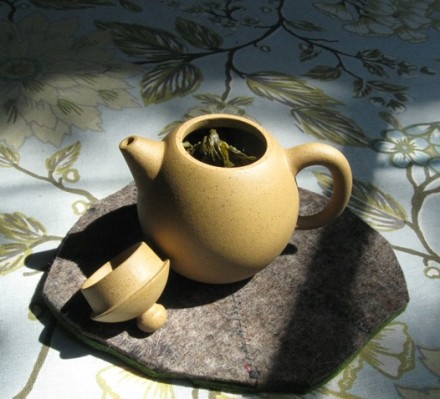
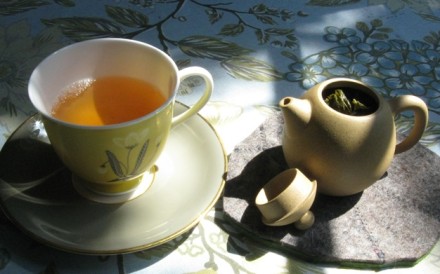
For my first attempt at seasoning I used tap water and the first pot of tea it was chokingly chlorinated! What a disappointment. At first I wondered if the water mixed with the clay during its making was chlorinated but quickly realised that being absorbent and spending 30+ minutes in hot chlorinated water it had, naturally, absorbed the chlorine from my tap water. Fortunately re-soaking the pot in hot oolong tea made with spring water seems to have erased that chlorine memory from my little guy.
I will be using this pot only for oolong teas and can look forward to it slowly absorbing more of the flavours and developing a smooth and shiny finish from the oils in the tea.
* If your pot is glazed, you do not need to season it.

by Flock of Tea Cosy | Flock's Diary of modern wool felt teaware
I love this recycling idea from the days when every household had an old felt hat around. This comes from a 1933 item in a newspaper in northern Australia.
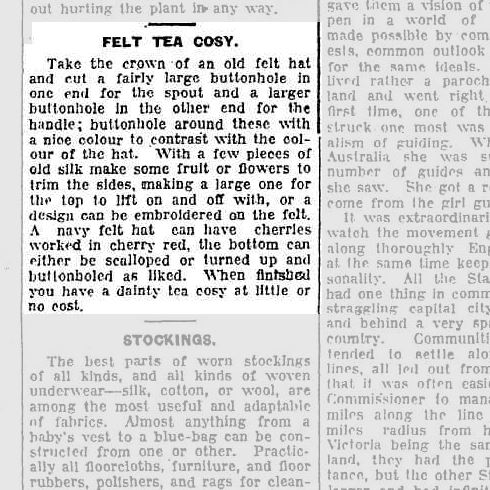

Here’s the link to the original file.





































































